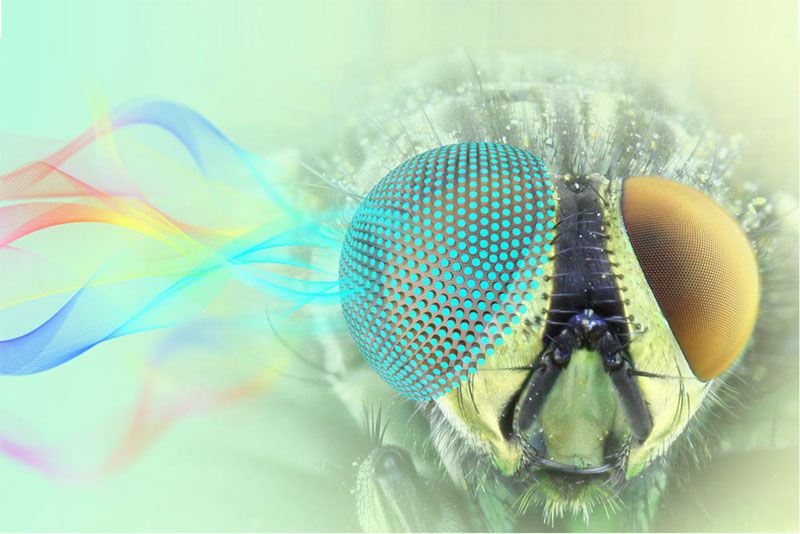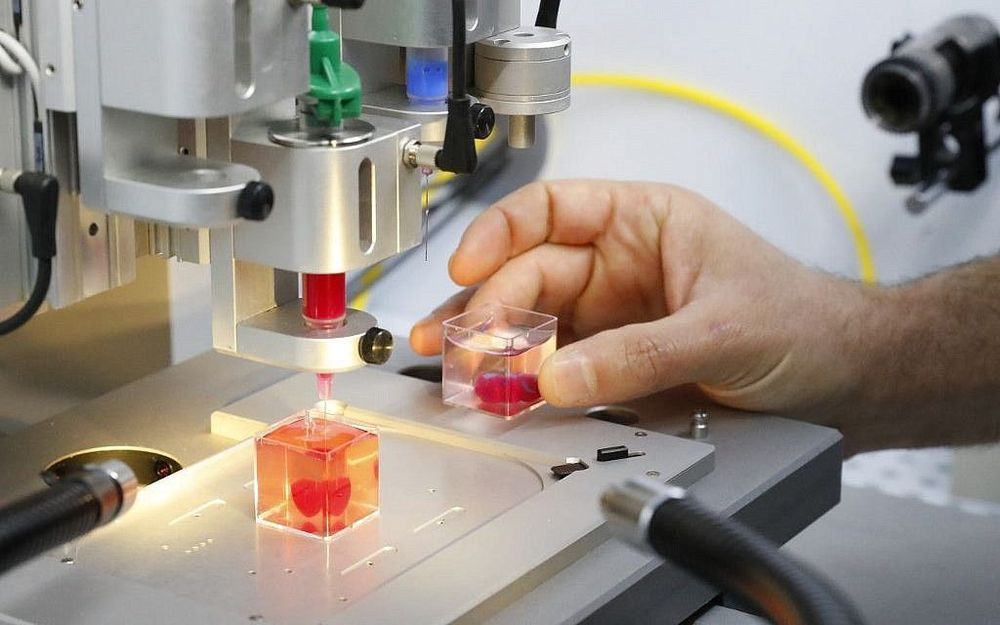German scientists create see-through ORGANS in a step toward 3D-printed parts that could be transplanted in the human body…
Researchers in Germany have created transparent human organs using a new technology that could pave the way to print three-dimensional body parts such as kidneys for transplants.
Scientists led by Ali Erturk at Ludwig Maximilians University in Munich have developed a technique that uses a solvent to make organs such as the brain and kidneys transparent.
The organ is then scanned by lasers in a microscope that allows researchers to capture the entire structure, including the blood vessels and every single cell in its specific location.




